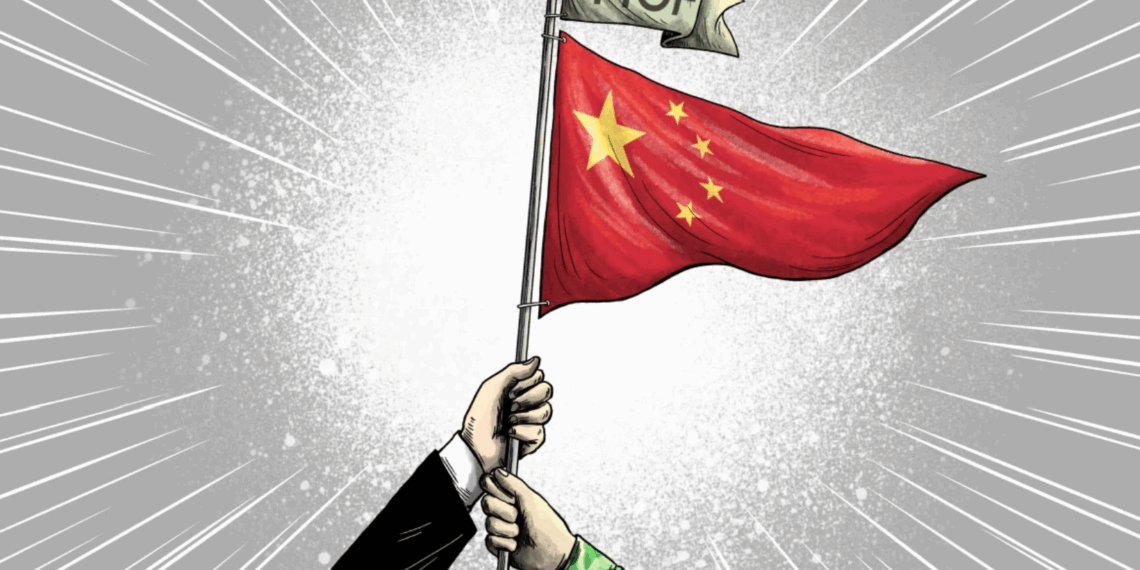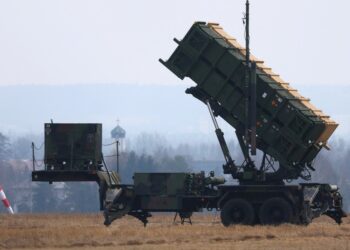BEIJING (Realist English). For years, China’s promises to allow private firms into the defence sector remained largely symbolic. But since mid-2016, the government has intensified efforts to break that pattern, advancing a military-civil fusion strategy aimed at modernising the People’s Liberation Army (PLA) and blurring the lines between commercial innovation and military capability.
That year, Beijing unveiled a formal list of defence-related sectors — including areas like swarming drone technologies — where private companies were invited to compete. The initiative has since evolved into a cornerstone of China’s broader national ambition: to build a fully modern military by 2035 and a world-class force by 2049.
While the full scope of the fusion program remains classified, Chinese authorities credit the strategy with accelerating the development of cutting-edge PLA equipment and improving operational systems such as training, logistics, and combat planning. Civilian breakthroughs in artificial intelligence, for instance, are now being adopted for both non-combat operations and weapons design, with firms like DeepSeek playing an increasingly visible role in military R&D.
But the strategy comes with serious geopolitical consequences. The military-civil fusion initiative has drawn growing scrutiny from the United States, which accuses Chinese private firms of covertly supporting PLA modernization. In response, Washington has imposed sanctions on a broad swath of Chinese tech companies, ranging from semiconductor and AI developers to drone manufacturers.
As the line between civilian and military technology continues to blur, Chinese private firms now face a difficult balancing act: support national defence goals while managing the mounting risk of international blacklisting, trade restrictions, and reputational damage on the global stage.


















